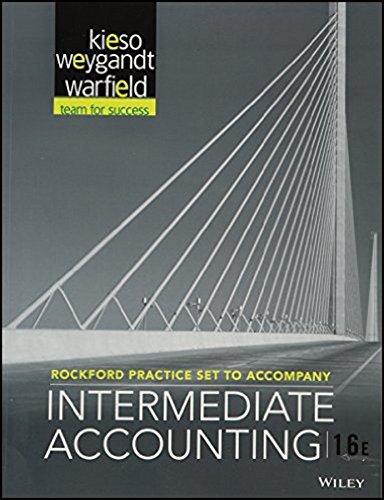Accounting, Behaviour and Organisations Review the following annotated media articles for class discussion Domino's making a WGHJ1 The Age, Saturday February 20 201 6 A $400,000 investment in 4 pizza stores in 1986, has now become a $1.4 billion enterprise. know as Domino's. Last year Domino's revenue was 30% higher with half-year prot of $43.3 million. It has doubled its value and the share price is now over $60. This year. management has forecast 35% increase in Earnings Before Interest and Tax (EBIT). Reasons. \"They just happen to have this fantastic management team that comes up with new ideas every year\" said, Daniel Mueller (equity analyst). They have leading online and digital capabilities with their GPS tracker system (Uber system). Innovation in SMS ordering to attract customers Did you know? Domino's are classied as a tech company as well as a pizza company. They have launched DLAB, a start-up hub designed to connect staff with entrepreneurs from outside the business to seed new conceps. They have acquired Pizza Sprint in France and have a joint venture operation in Germany with loey's. Domino's plan to open 500 new stores by 2025 in Europe, Japan as well as Ausn'alia and New Zealand. The Market is rapidly losing condence in Domino's The Sydney Morning Herald, February 1 6, 201 7 Minutes into Don minvestor presentation the Domino's share price tanked 8 per cent By the close of trade it had fallen 14 per cent, wiping hundreds of millions of dollars off its market value. The reason? The market is rapidly losing condence in the company, its operating model and its cashow. This was despite it serving up another record prot and record sales. The brutal reality is investors are concerned that wage fraud is systemic (potentially up to 2,400 unpaid workers) and the numbers released for franchisee protability don't quite stack up. After days of insisting that only four franchisees had been terminated over three years for wage fraud, Domino's admitted that 22 franchisees had left the system over underpayment issues following 102 store audits. A number of franchisees have complained that the franchise model is too hard and pushes many to cut corners, such as short-changing workers. The Domino's Effect The Sydney Morning Herald, February 10, 201 7 Fairfax's investigation shows that the Domino's business model is based on franchisees growing sales, not prot, with head ofce taking a royalty from every sale as Australians chomp through one million of its pizzas every week. Stores are bought and sold on a multiple of these sales. not on prot. For franchisees. it means when labour. food or rent costs increase, or Domino's introduces a new fee or charge. the franchisees have to wear it I More stores in the network means more sales are generated, and that results in more prots for head office. Domino's said the average protability of a franchisee ranges between $138,000 and $145,000 a year and revealed that the break-even level for a store ranges from 515.000 to $21,000 for average weekly sales but said it had "many stores which operate protably below this level of weekly sales. because of locally relevant business models, particularly in regional areas of the country." Required: 1. A big turnaround in one year. What went wrong? Describe the management control decisions that have impacted Domino's performance. 2. What are the key performance measures used to evaluate Domino's performance? Have a look at Domino's website and make a note of their mission. 4. What type of stratey does Domino's lake (cost leadership/differentiation]? Why? 5\" 5. Discuss the use of the following management accounting techniques at Domino's. Planning and Control Discussion Strategic planning tools (mission/vision/strategies) Risk Management Value Chain Analysis Support organisational strategies Capital budgets Product development Analysis of potential acquisitions Support operating plans Operating budgets CVP and analysis of product mix Cash flow planning Forecasting, Scenario and Contingency planning Monitor and motivate Actual v planned performance (financialon-financial) Bonus computations Quality management tools (TQM/cost of quality) Valuation/Costing techniques Activity based costing Customer Profitability and relationship management









